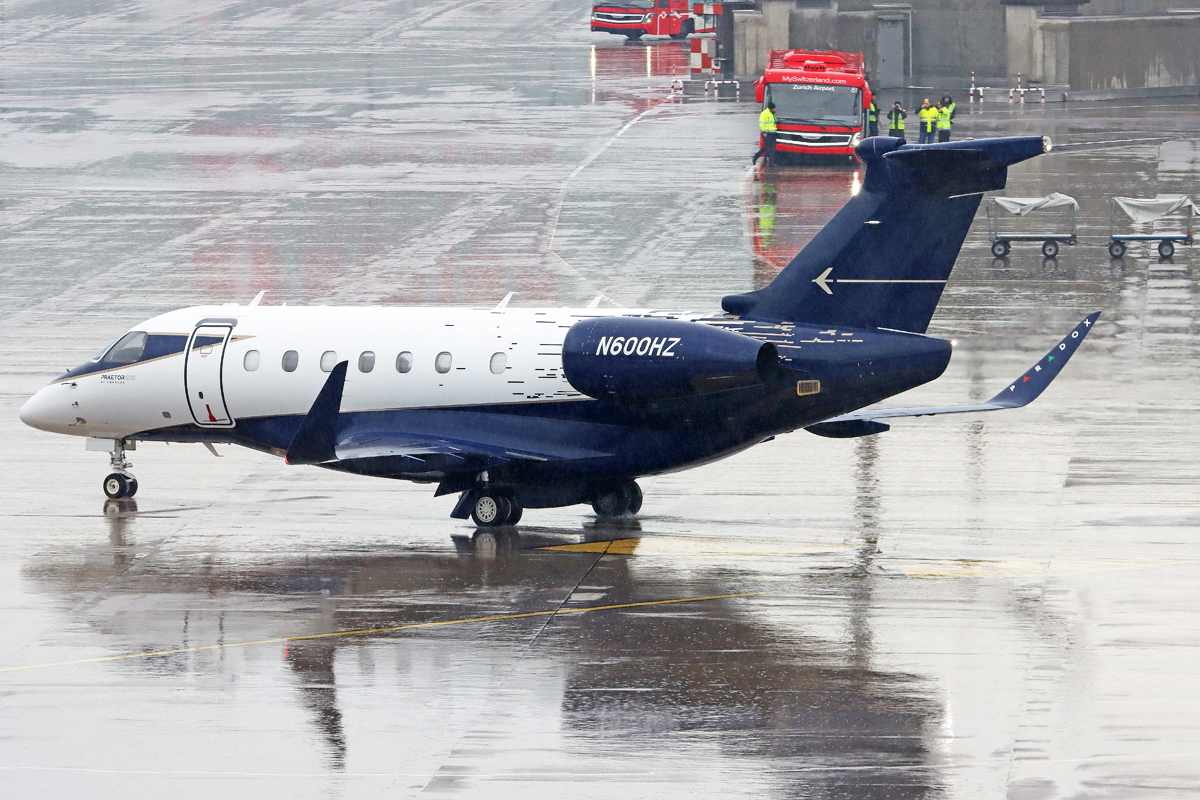Over 3,500 participants, including 350 heads of state and government and ministers, gathered in the Swiss mountain resort of Davos-Klosters for the World Economic Forum’s annual general meeting from 15 to 19 January. World leaders and business executives assembled to discuss the forum’s four key themes, which covered a range from AI to job creation, security and climate change.
Prior to the event various FBOs were keen to point to the extended availability of sustainable aviation fuel (SAF) and advanced preparations for dropping passengers and relocation to other fields for the duration of the meeting. But to informed aircraft observers during WEF week, there were noticeably fewer arrivals, and the Zurich ramp did not boast row upon row of parked aircraft during the event.
While some participants may have used other entry points, including St. Gallen-Altenrhein, Friedrichshafen, Basel and Munich, it seems clear that the use of bizjets and government aircraft was much reduced. A study released by global climate group Greenpeace International before last year’s meeting, showed that a sizable number of the jets used to fly in delegates in 2022 had flown less than 100 kilometres.
